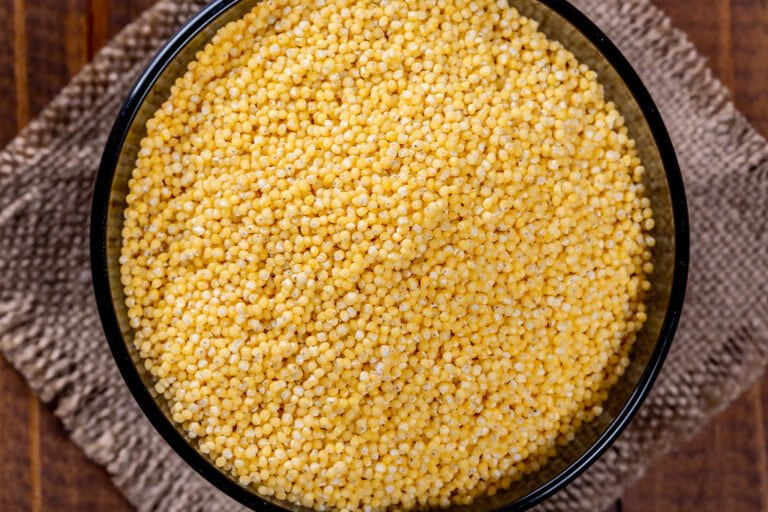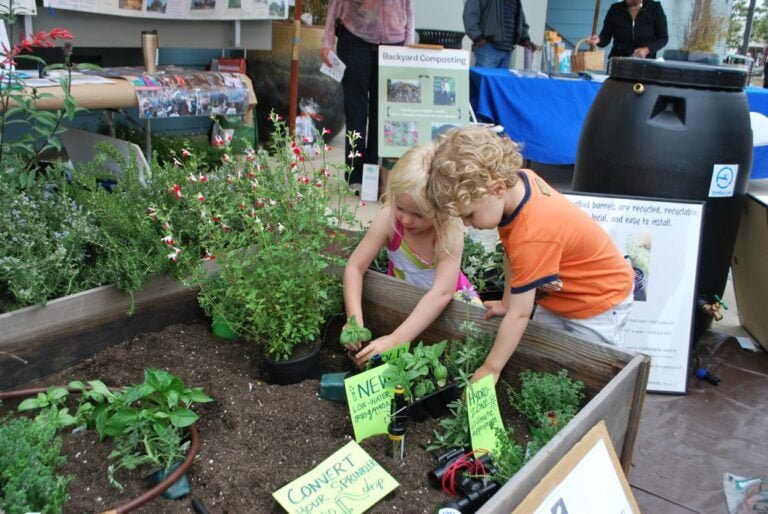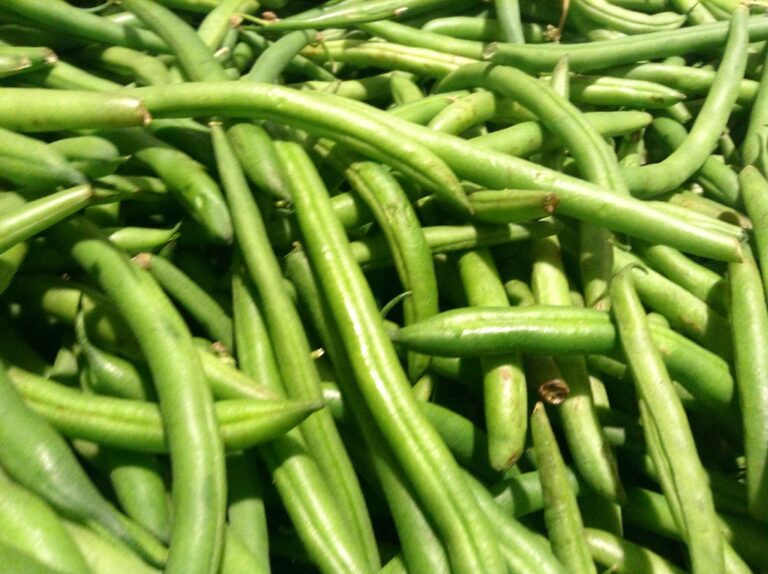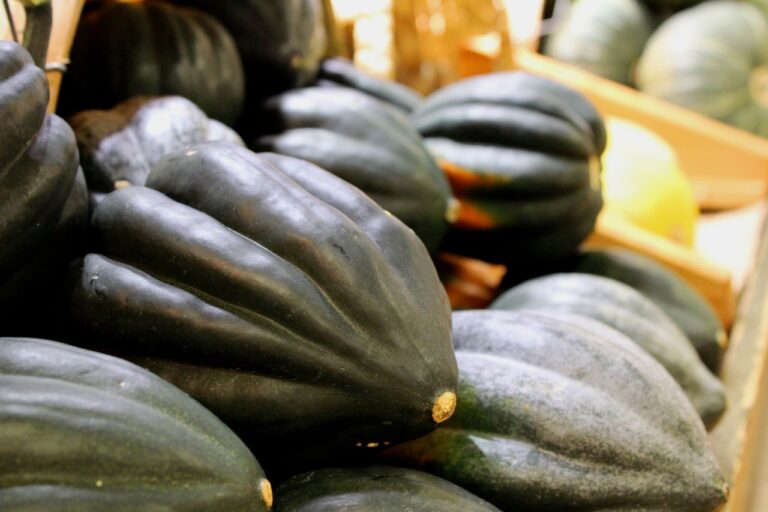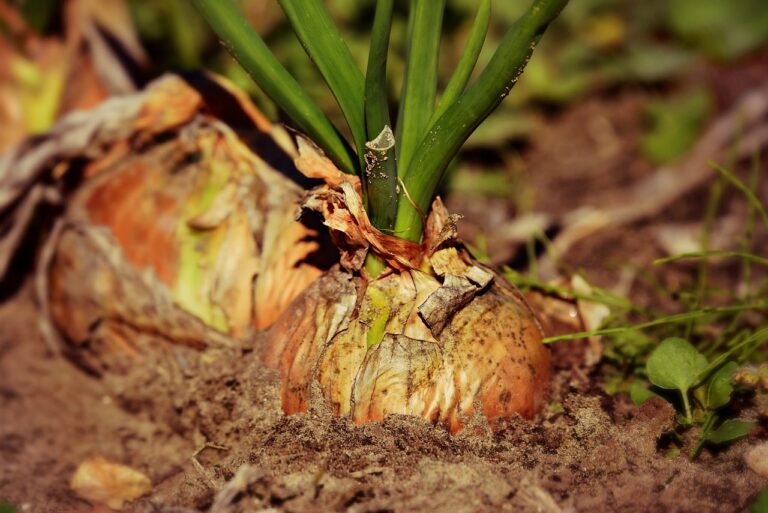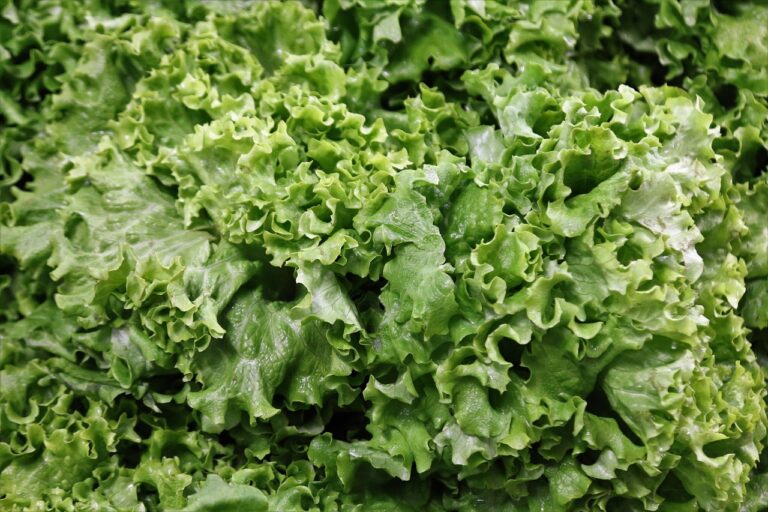Understanding the Life Cycle of a Cucumber
Do you want to learn about the fascinating life cycle of a cucumber? Well, you're in luck! This article will guide you through each stage, from germination to seed production. You'll discover how a tiny seed transforms into a flourishing vine, adorned with beautiful flowers and eventually yielding delicious fruit. With this knowledge, you'll be able to cultivate and harvest your own cucumbers, serving yourself and others with the freshest and tastiest produce. Let's dive in and uncover the secrets of cucumber growth!
Germination
To understand the germination process of a cucumber, you will need to prepare the seeds and provide them with the right conditions. Cucumber seeds are typically large and require moisture, warmth, and oxygen to sprout successfully. Before planting, soak the seeds in water overnight to promote hydration and expedite the germination process. Once soaked, plant the seeds in well-draining soil, about an inch deep, and cover them lightly with soil. Water the soil thoroughly, ensuring it stays consistently moist but not waterlogged. Place the planted seeds in a warm location, ideally with temperatures around 70-85°F (21-29°C). Within 7-10 days, you will start to see the first signs of germination as the seedlings emerge from the soil. During this stage, it is essential to provide adequate sunlight or artificial light to promote healthy growth.
Seedling Stage
Once your cucumber seeds have successfully germinated, it's time for you to nurture them through the seedling stage. At this stage, your cucumber plants will begin to develop their first true leaves and establish a stronger root system. To ensure their healthy growth, provide them with adequate sunlight, ideally 12-14 hours a day, or use grow lights if necessary. Keep the soil consistently moist, but be careful not to overwater, as this can lead to root rot. It's important to protect your seedlings from extreme temperatures, so consider using a greenhouse or providing them with a protective cover. As your cucumber seedlings grow, you can also start fertilizing them with a balanced liquid fertilizer to promote strong and vigorous growth. Remember to transplant them into larger containers or your garden bed once they have developed a few sets of true leaves. With proper care and attention during the seedling stage, you will set your cucumber plants up for success in the next stages of their life cycle.
Leaf Development
During the leaf development stage, you will notice an increase in the number and size of the cucumber plant's leaves. As the plant grows, it relies on these leaves to capture sunlight and convert it into energy through photosynthesis. The leaves will start as small, delicate structures, but they will quickly expand and become more robust. You will observe that new leaves emerge from the stem's nodes, gradually forming a lush canopy of foliage. It is important to provide adequate water and nutrients during this stage to support healthy leaf growth. Regularly inspecting the leaves for any signs of disease or pests is also crucial in order to take timely action. Remember, healthy leaves are essential for the overall health and productivity of your cucumber plant.
Vine Growth
As your cucumber plant enters the vine growth stage, it will continue to extend its stems and branches, reaching out in search of support and space to spread its foliage. This is a crucial period in the life cycle of the cucumber, as it prepares to bear fruit. The vines will grow rapidly, twining around any available support, such as trellises or fences. It is important to ensure that your cucumber plant has enough room to grow and support its expanding foliage. Regular pruning of excessive shoots and leaves will help maintain airflow and prevent the spread of diseases. Additionally, providing a sturdy structure for the vines to climb on will prevent them from sprawling on the ground, keeping the fruits clean and reducing the risk of rot. By understanding the vine growth stage, you can provide the necessary support for your cucumber plant and ensure a bountiful harvest.
Flowering
When your cucumber plant reaches the flowering stage, it will develop vibrant blooms that signal the beginning of fruit production. This is an exciting time in the life cycle of your cucumber plant, as it is the step that brings you closer to enjoying the delicious fruits of your labor. The flowers of the cucumber plant are typically yellow in color and have both male and female parts. Bees and other pollinators play a crucial role in this stage, as they transfer pollen from the male flowers to the female flowers, allowing fertilization to occur. It's important to ensure that your cucumber plants receive adequate sunlight, water, and nutrients during this stage to support healthy flower development and increase fruit yield. Regularly monitoring the health of your plants and providing any necessary care will help you maximize the potential of your cucumber crop.
Pollination
To ensure successful pollination and fruit production, you need to actively participate in the pollination process of your cucumber plants. Cucumbers have both male and female flowers, and it is important for the pollen to be transferred from the male flowers to the female flowers for fertilization to occur. You can help with this process by attracting pollinators to your garden, such as bees and butterflies, which are natural pollinators for cucumbers. Planting flowers nearby can also help attract these pollinators. Additionally, you can manually transfer the pollen by gently brushing the inside of a male flower with a cotton swab and then transferring it to the center of a female flower. By actively participating in the pollination process, you can increase the chances of successful fruit production in your cucumber plants.
Fruit Formation
To understand the process of fruit formation in a cucumber plant, you must observe the development of the fertilized female flowers. Once pollinated, the ovary at the base of the flower begins to swell and grow. Over time, this swelling becomes the cucumber fruit. As the fruit grows, it undergoes various changes. Initially, it is small and green, but as it matures, it turns into a larger, elongated shape. The skin becomes smoother, and the color changes to a vibrant green. Inside the fruit, the seeds develop, surrounded by a soft, watery flesh. The fruit formation process takes several weeks, and it is important to provide the cucumber plant with adequate water and nutrients during this time. By observing and caring for the developing fruit, you can ensure a bountiful harvest of delicious cucumbers to serve and enjoy.
Maturation
As the cucumber fruit continues to grow and develop, it undergoes a process called maturation, where it reaches its full size and ripeness. Maturation is a crucial stage in the life cycle of a cucumber, as it determines the quality and taste of the fruit. During this period, the cucumber undergoes physiological changes that result in its final form. The fruit becomes firm and plump, with a vibrant green color. The skin becomes smoother, and the seeds inside develop fully. It is important to monitor the maturation process closely to ensure that the cucumber is harvested at the right time. If harvested too early, the fruit may be underdeveloped and lack flavor. However, if left on the vine for too long, the cucumber may become overripe and lose its crispness. Proper timing is key to serving the best-tasting cucumbers to your audience.
Harvesting
Once the cucumber has reached its optimal level of maturation, you can begin harvesting it for consumption or further processing. Harvesting cucumbers is a simple and rewarding task that requires some basic knowledge and observation skills. When selecting cucumbers for harvesting, look for firm, dark green cucumbers that are free from blemishes or soft spots. Gently twist the cucumber from the vine, ensuring that you do not damage the plant or nearby fruits. It is important to harvest cucumbers regularly to promote continuous production. Do not allow cucumbers to become overripe or yellow, as they can become bitter and lose their crispness. Once harvested, cucumbers can be enjoyed fresh in salads, pickled, or used in a variety of delicious recipes.
Seed Production
How can you ensure successful seed production for your cucumbers? Seed production is a crucial step in the life cycle of a cucumber plant. To achieve a bountiful harvest of high-quality seeds, there are a few key considerations to keep in mind. First, select healthy and disease-free cucumber plants as parents for seed production. Ensure that the plants have adequate spacing to prevent overcrowding and promote proper pollination. Hand-pollination may be necessary to enhance seed quality, especially if there is a lack of natural pollinators. Regularly monitor the plants for any signs of pests or diseases and take appropriate measures to control them. Finally, allow the cucumbers to fully ripen on the vine before harvesting the seeds. By following these practical tips, you can maximize the seed production of your cucumber plants and ensure a successful harvest for future seasons.
Conclusion
After understanding the life cycle of a cucumber, you can see how it goes through various stages, from germination to seed production. It is fascinating to witness the growth and development of a cucumber plant, from the tiny seedling to the sprawling vine and finally the formation of delicious fruits. By knowing when to harvest, you can enjoy the fruits at their peak flavor and even save seeds for future planting. Embrace the practicality of nature's cycle and savor the rewards of your cucumber garden.

